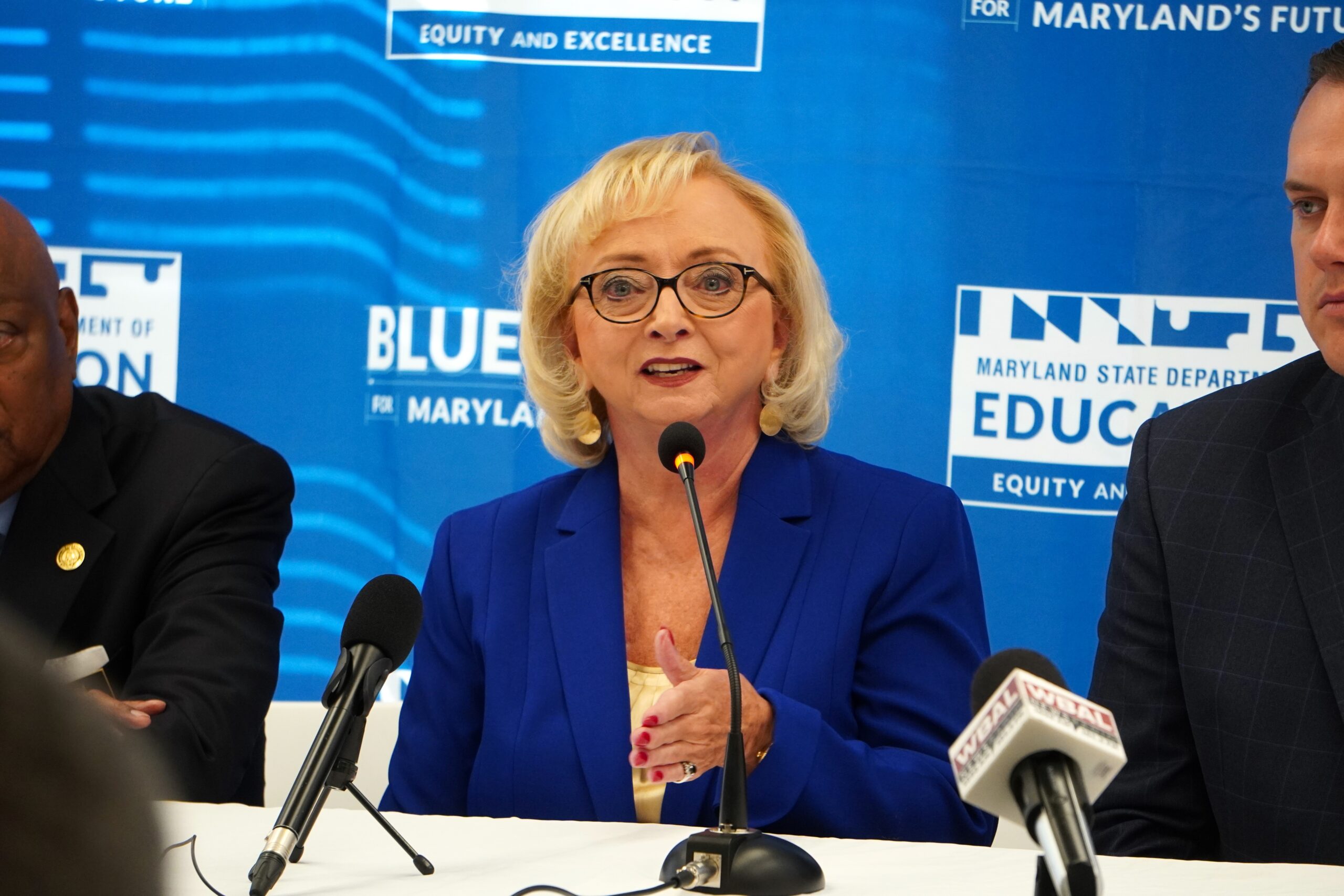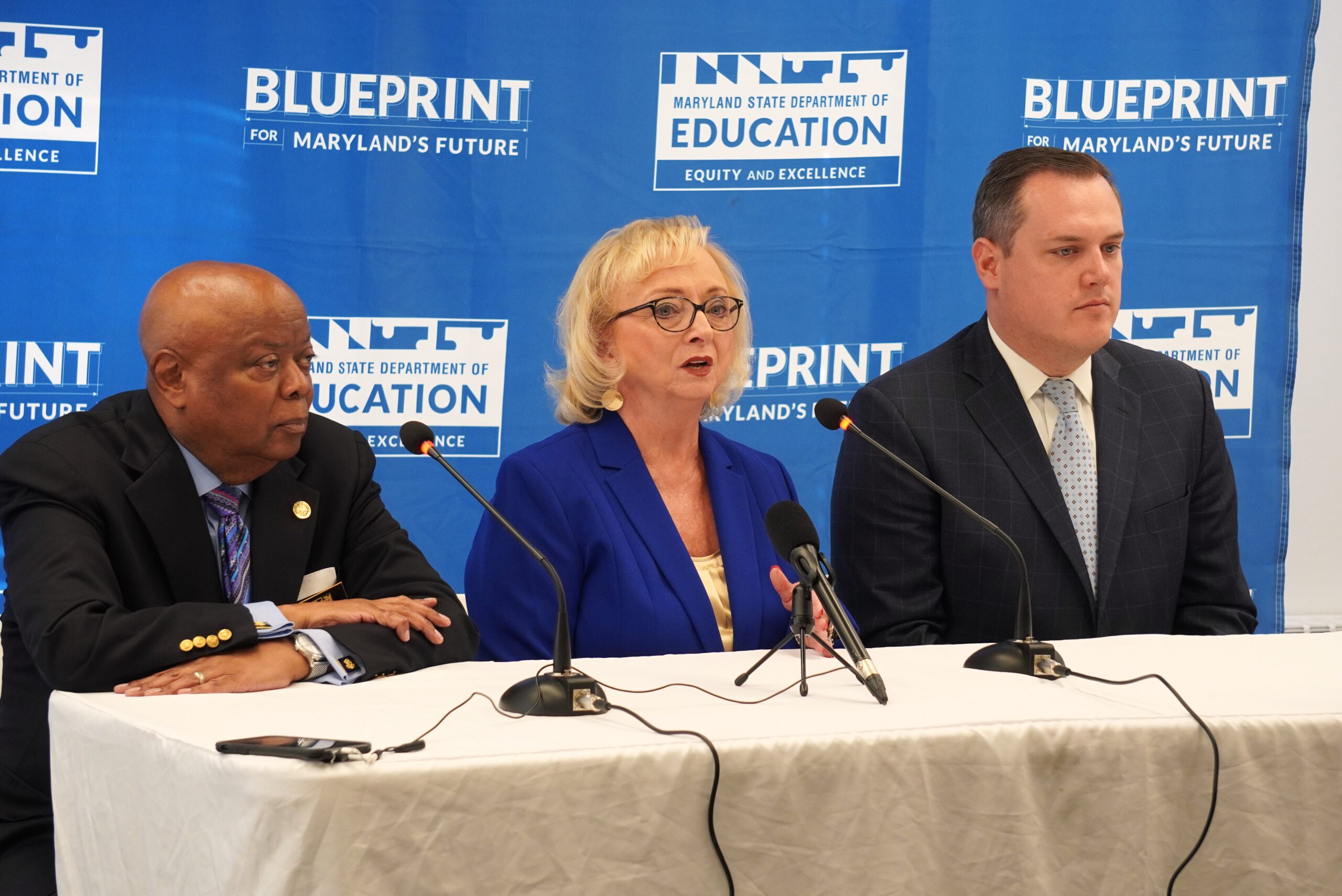Kalman Hettleman: Gov. Moore gets an incomplete report card on aid to public schools

Gov. Wes Moore (D) is a breath of fresh progressive air in Annapolis. And almost all observers agree with his self-appraisal: We had, he’s written, “one of the most productive legislative sessions for any Maryland governor at any time during their tenure.”
Yet, he seems to have struggled on one core subject: funding for the Blueprint for Maryland’s Future and particularly our most disadvantaged students.
He staked his education grade on an additional $500 million in his budget for the Blueprint, later upped to $900 million by the General Assembly. That sounds great since it is now fairly common knowledge that the Blueprint is significantly underfunded. But on close inspection, these funds do not add a single penny to beleaguered school budgets.
Instead, the one-time only funds were set aside to pay the mandated costs of the Blueprint in about three years when current funding runs out. As one media report put it, “Setting aside extra money now will buy lawmakers time to figure out a long-term funding plan.” But why not, instead of buying time for legislators, buy schoolchildren more instruction and other school necessities now? In the short term, some of the $900 million could have been spent to fill in gaps being created by the expiration of COVID-19 relief funds and otherwise creatively fill holes in Blueprint programs.
The governor and legislative leaders respond that it’s safer to put the money in the bank now in case of a recession or other political risks down the road. But it is politically implausible to think that, under any foreseeable circumstances, they would default on their legal obligations to schoolchildren under the Blueprint; if they do renege, they would tarnish their reputations and set back their future political ambitions.
The governor has earned a few good marks. One is the goodwill he has created with his full endorsement of the Blueprint, in stark contrast to his predecessor, Gov. Larry Hogan (R). He has also made promising appointments to the State Board of Education.
And, teaming up with the Maryland State Education Association teachers union, he triggered passage of the Maryland Educator Shortage Reduction Act. However, this bill devotes only a minor amount of money to a major problem that is being more vigorously addressed by many other governors.
Gov. Moore acknowledges that the “critically overdue” Blueprint has had an “uneven and sloppy” start. But he did not propose or invite action in response to the growing evidence that the Blueprint has fundamental flaws.
These include the fact the Blueprint — while containing many praiseworthy and innovative features — overlooks evidence-based funding for everyday school basics, like the number of classroom teachers for core academics as well as art, music and physical education, and pupil support personnel like guidance counselors, social workers, and security officers. And it especially shortchanges the all-important element of early interventions for struggling learners.
All the while, the dire plight of our students, pre- and post-COVID, is getting worse. Between 2011 and 2022, Maryland students plunged from about 2nd to 40th nationwide in fourth grade reading on the gold-standard National Assessment of Educational Progress (NAEP) tests. Last year only 20% of Black and 15% of Hispanic fourth graders scored proficient in reading.
At this year’s legislative session, Gov. Moore might have begun to sound the alarm and spend some of the $900 million for emergency aid, notably early literacy where Maryland lags badly. His reticence to take such action is puzzling. There’s no question of his deep commitment to equity and adequacy in public schools, and he is an unusually able and ambitious student of government politics. But he has shied away so far from aiming to be the “education governor” that Maryland has never had and desperately needs.
Part of the explanation lies in the atmosphere of complacency in some quarters in Annapolis around the celebrated Blueprint. Some legislators think: “been there and done that,” while neglecting the warning signs that the Blueprint needs fresh vision and improvements. Time flies and facts on the ground accumulate: It’s been about five years already since the Blueprint was framed by the Kirwan Commission.
So here’s a starting assignment for the governor as he lines up his homework for the years ahead: Mount the bully pulpit and be forthright about the Blueprint’s challenges. Many advocacy groups have put forward specific ideas and priorities. He can also highlight the far-reaching recommendations of his education K-12 Transition Team.
That Transition Team could have its life extended, with additional members from the governor’s staff and the General Assembly. Such a task force could develop specific proposals for next year’s legislative session.
And no less important, the task force (and the governor personally) must engage with those most directly charged with implementing the Blueprint: the Blueprint Accountability and Implementation Board and the Maryland State Department of Education. The AIB and MSDE should be tasked to review the recommendations of the task force and advocates and provide the governor with policy proposals.
All this must be done with a sense of urgency that is lacking. Yes, the Blueprint is not due for final implementation until 2033, but each lost year of quality instruction — particularly for students who are poor and of color and in the early grades in reading and math — can be an academic death sentence.
Fortunately, Gov. Moore is more than up to the job. Marylanders can be optimistic that he will achieve the same superior grade on school reform that he has earned in his many inspiring accomplishments.



